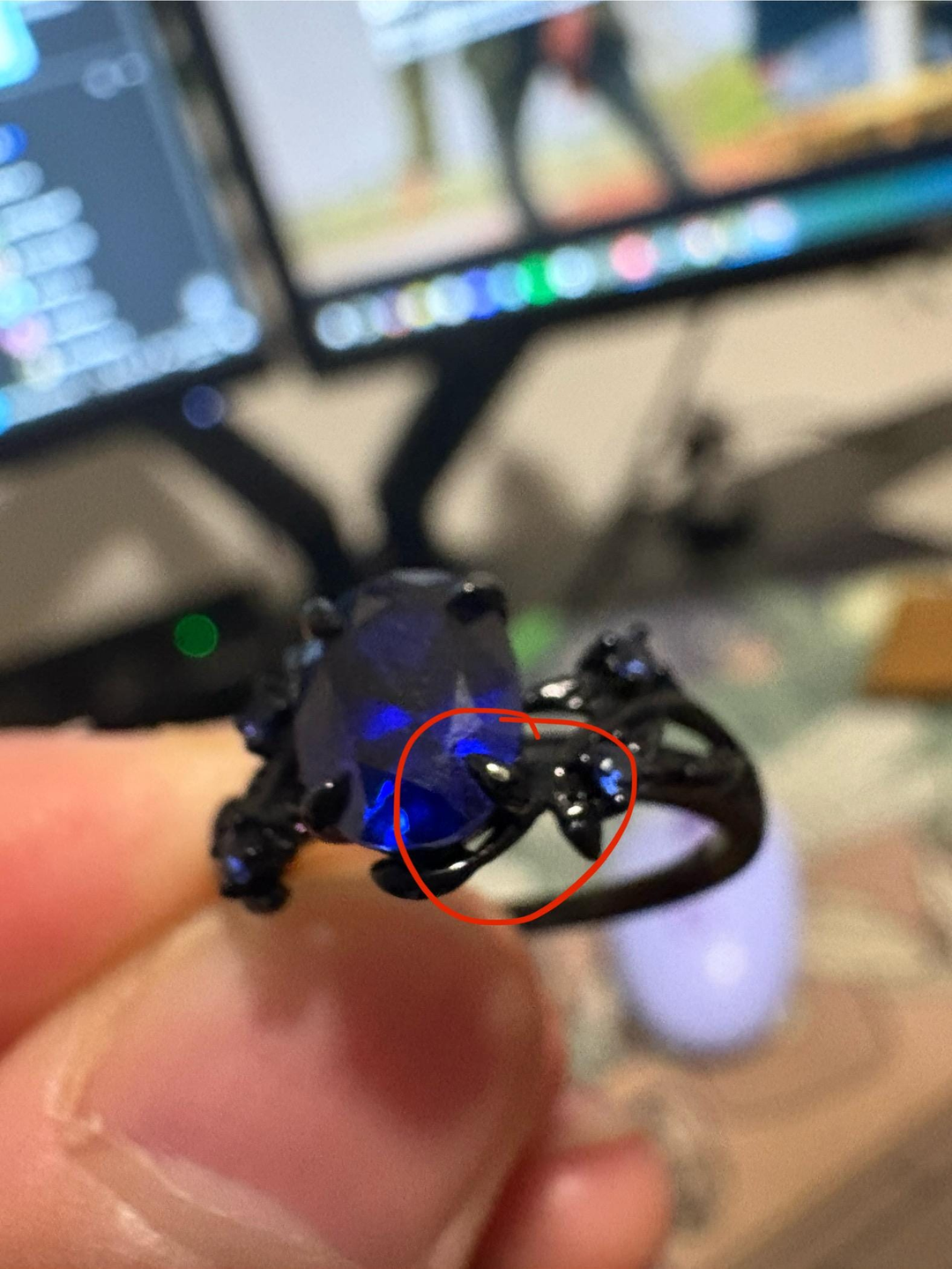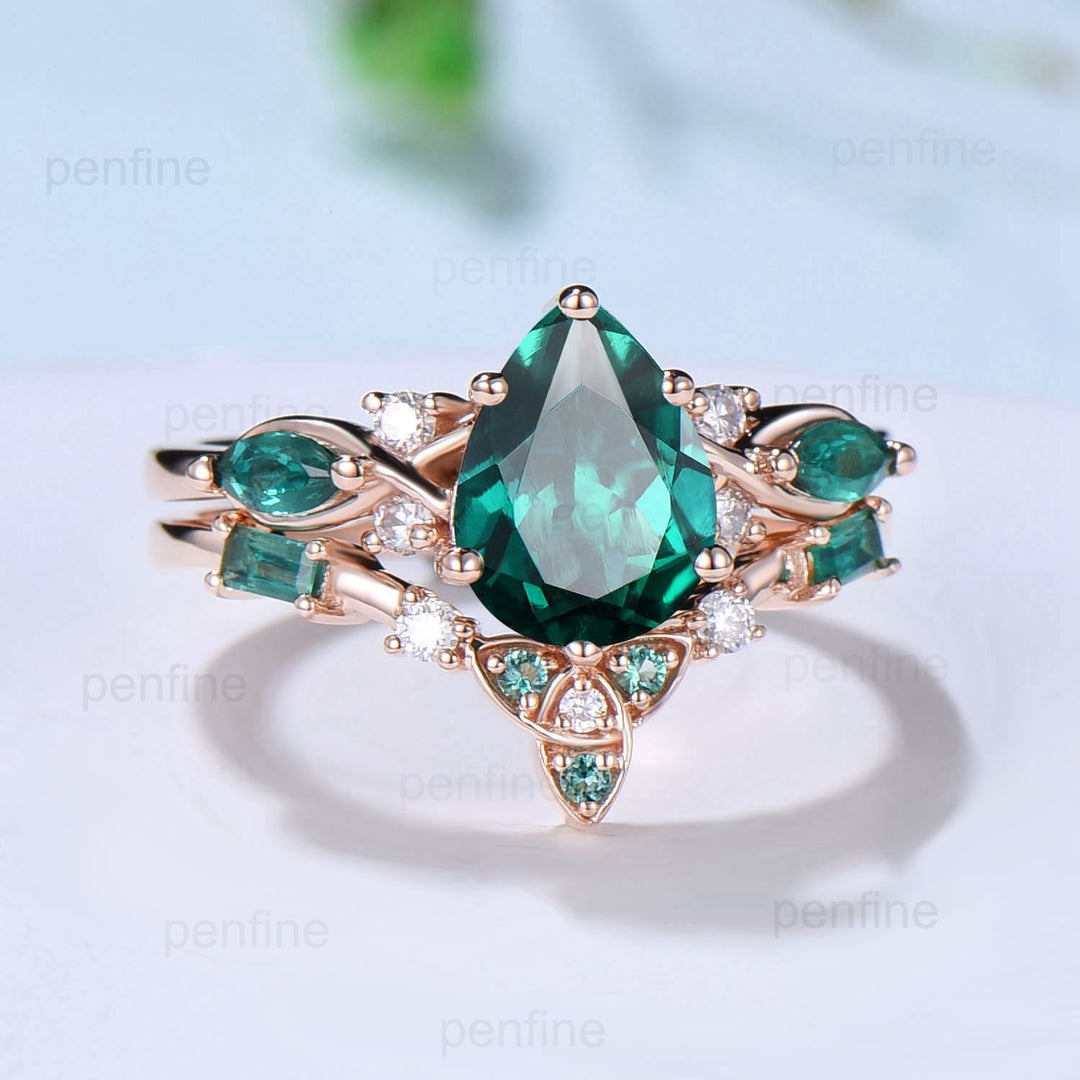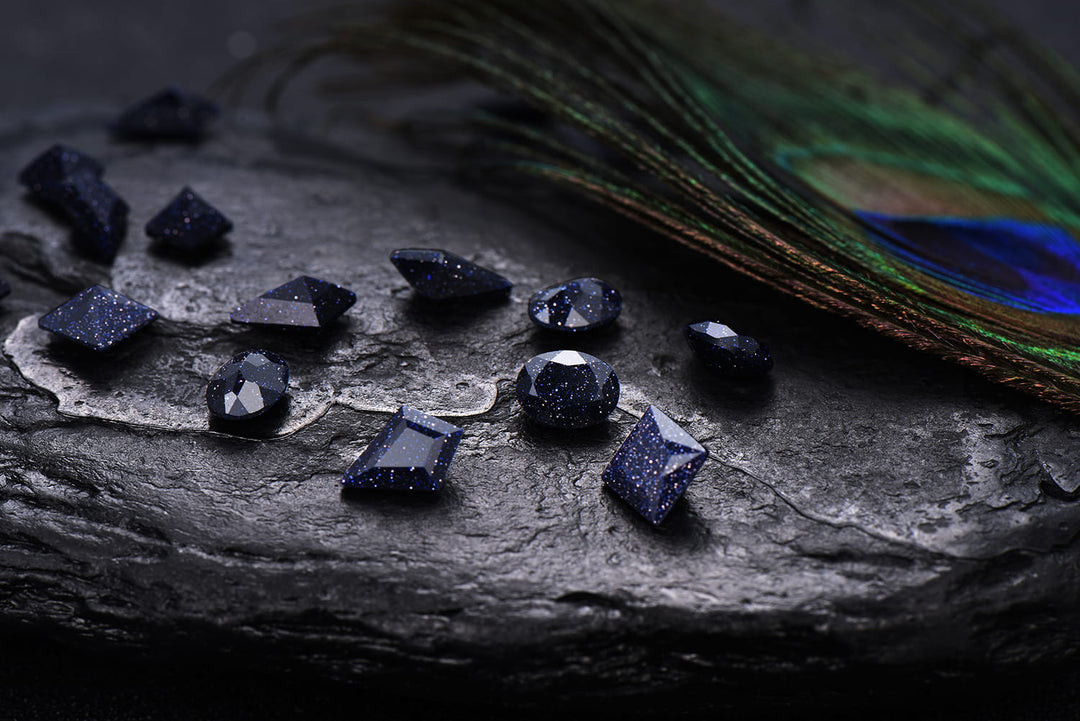All You Need to Know About Sandstone
When it comes to jewelry, sandstone has captivated enthusiasts and gemstone aficionados alike with its space-like attraction for many years. While it resembles a starlit sky, this mesmerizing gemstone did not come from outer space but a natural stone, formed in the earth's crust.
Crafted from a special type of glass, blue sandstone rings undergoes a transformative process, resulting in its unique shiny appearance and attractive sparkly nature. Often referred to as “Star Stone,” it embodies the magic of the cosmos, inviting wearers to connect with the vastness of the universe. This versatile gemstone lends itself to various jewelry designs, from delicate pendants to bold rings, adding a touch of celestial charm and sophistication.
Read on to discover the captivating appeal behind sandstone and why it is increasingly becoming a favorite non-conventional jewelry gemstone nowadays.
Where Does Sandstone Come From?
The origins of Sandstone and Blue Sandstone remain shrouded in mystery, with debates persisting even today. Some trace its roots back to the 17th century, attributing its invention to the Miotti family in Venice.
Sandstone, primarily composed of quartz particles, stands out as a distinctive material. Venetian glassmakers utilize it to craft a unique variant called "pietra dura."
The art of glassblowing, once exclusive to the privileged few, became accessible to the public in the mid-19th century, thanks to Pietro Bigaglia, another notable glass artist.
Contrasting narratives suggest that sandstone's origins may be rooted in medieval times, shaped by monastic orders and known as goldstone or monk stone. The latter two names are tied to a fascinating urban legend alleging that this gemstone was created by Italian monks in the 1600s.
Alternatively, some contend that sandstone dates back even further, forming from a marine deposit during the Triassic period. The process involves heating and melting Sand Quartz, infusing it with various minerals to produce the vibrant and lively colors that characterize these stones.
Where Can Sandstone Be Found?
Sandstone is one of the most common sedimentary rocks that seems to be everywhere in India. This versatile stone isn't limited to India alone; it's also scattered across the globe. You can find it in other countries such as the United States, the United Kingdom, Canada, South America, Africa, China, Japan, Russia, and Afghanistan. It's a well-traveled rock with a global presence.
Appearance of Sandsone
This gemstone is basically made up of sand grains and comes in a whole spectrum of colors. You can find shades ranging from cream and white to tan, red, blue, and sometimes a mix of rusty brown hues all playing together. The stone might have a combo of iron, lime, and silica in it, and some even pack in quartz and feldspar which cause the color variations. There is a rainbow-colored oxidation process going on and this oxidation process is the main factor responsible for the color-changing effect of the stone.
The Different Varieties Of Sandstone
Sandstones come in a delightful range of colors, from soothing purples to earthy browns. The final hue, interestingly enough, is determined by the type of glass used in its creation. Now, let's check out some of the common varieties:
- Red-Brown Sandstone: This classic gem boasts copper coloring and a touch of gold-like metallic sparkles. It's like a timeless piece with a hint of glamour.
- Green Sandstone: Sourced from chromium, this variety mirrors the aqua-green vibes of the natural gemstone called aventurine, complete with a captivating glitter effect. It's like nature's own bling.
- Blue Sandstone: This beauty gets its stunning blue coloring from cobalt, giving it an enchanting and vibrant appearance. A true blue standout.
- Purple Sandstone: Mixing cobalt with manganese gives this variety a rich, starry look. It's like having a piece of the night sky in gem form.
Physical And Spiritual Benefits
Sandstone has been around for ages and is not only considered somewhat magical but believed to offer physical and spiritual benefits:
- Helps with better
- Heals broken bones, wounds, hair loss and water retention.
- Truth-uncovering abilities.
- Used as a water-cleansing filter.
- Rejuvenates and connects you with cosmic energy.
- A shamanic stone for enlightenment and divination.
- Mood control and temper tantrum taming.
- Createsbalance and stability.
- A master healer for throat, thyroid, and tonsils.
- Believed to cure inflammation like arthritis and rheumatism.
Blue sandstone, also known as "blue goldstone" or simply "blue sandstone," is a man-made gemstone that is often used in jewelry and decorative items. It is created by mixing quartz sand with various elements such as cobalt, copper, manganese, or chromium. The addition of these elements gives the stone its distinctive blue sparkles, resembling the night sky.
Blue sandstone is not a naturally occurring mineral but is crafted through a process called "reconstitution" or "synthesis." The sparkles in the stone are due to the presence of tiny metallic crystals within the quartz matrix. These crystals reflect light and create a shimmering effect, making blue sandstone popular for ornamental purposes.
It's important to note that blue sandstone is not considered a traditional mineral and doesn't have geological significance. Instead, it is valued for its aesthetic appeal and is often used in jewelry making, beads, and other decorative items. Some people also believe that blue sandstone has metaphysical properties, associating it with positive energy, motivation, and ambition. However, these beliefs are not scientifically proven.
Summary
Sandstone, with its celestial appearance and transformative properties, has enraptured jewelry enthusiasts for centuries. Despite its space-like appearance, this gemstone is a product of natural processes within the Earth's crust. Its versatility allows for a myriad of jewelry designs, from delicate pendants to bold rings, infusing celestial charm into every piece. Originating from various narratives, including Venetian glassmaking and medieval monastic practices, sandstone's rich history adds to its mystique. Sandstone exhibits a diverse spectrum of colors, reflecting its composition of sand grains and minerals. Varieties like Red-Brown, Green, Blue, and Purple sandstone each offer unique hues and sparkle. Beyond aesthetics, sandstone is believed to possess physical and spiritual benefits, including aiding eyesight, promoting healing, and connecting individuals with cosmic energy.




